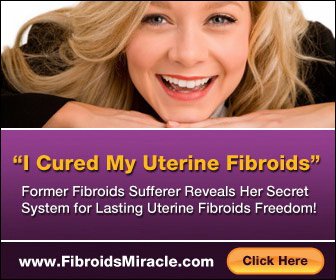Uterine fibroids are non-cancerous growths that can develop inside and around a woman’s uterus during the childbearing years. They are usually left alone because they are generally asymptomatic and generally do not pose any health risks. However, there are some cases wherein they proliferate rapidly in number and size thereby causing mild to severe symptoms that would need to be addressed.
Symptoms commonly associated with large number and size fibroids are:
- Heavy menstruation
- Menstruation lasting for more than a week
- Pelvic pressure or pain
- Frequent urination
- Difficulty emptying the bladder
- Constipation
- Backache and leg pain
Submucosal fibroids, those that grow within the uterine cavity, depending on the size and number, can also cause miscarriage or infertility
If the symptoms are still very mild, your OB-gyn may prescribe medication only. However, for severe symptoms, surgical removal may be warranted.
What is ablation for uterine fibroids?
There are a few different options for removal of uterine fibroids. The method that would be best for you would be depending on the size, number and location of the fibroids as well as on your plan to have children or not.
One method of removal is endometrial ablation. This method is recommended for those whose chief complaint is very heavy periods but their fibroids are still on the small side and when the patient no longer plans to have children.
Endometrial ablation works by removing the lining of the uterus primarily and can be supplemented by operative hysteroscopy to remove the small fibroids left.
This out-patient surgery is done by inserting a device through the vagina and cervix and into the uterus then removing the lining of the uterus either through laser, boiling water, electric current or freezing. The effect of the removal of the uterus’ lining is permanent and will not grow back anymore.
After the procedure, the patient may experience menstrual-like cramps for a few days, watery vaginal discharge mixed with blood for up to 3 weeks and frequent urination within the first 24 hours.
Aside from being an out-patient procedure, this type of surgery also allows for quick recovery. The patient can resume her normal activities within a week. The patient will also have light or no periods moving forward, effectively addressing the chief complaint of very heavy periods as the reason for undergoing surgery.
Before proceeding with endometrial ablation, the patient must also extensively discuss the possible side effects with her doctor. Studies have shown that there are some cases wherein bleeding from persistent or regenerating endometrium behind the scar left by the surgery may be obstructed and lead to:
- Central and/ or corneal hematometra – retention of blood in the uterus
- Post-ablation tubal sterilization syndrome – bleeding in the fallopian tubes that causes distention and cyclic pelvic pain
- Retrograde menstruation – menstrual blood flows back into the body instead of being shed
Some doctors also believe that the scars left by the surgery may cause potential delay in the diagnosis of endometrial cancer
Can you get uterine leiomyomas after ablation or does ablation help with uterine fibroid tumors?
Endometrial ablation especially if supplemented by operative hysteroscopy will remove small submucosal fibroids but not subserosal fibroids (growths outside the uterine wall).
The surgery, if done correctly, will also very effectively address heavy bleeding as a symptom of uterine fibroids but cannot guarantee that there will never be new fibroid growths. This is because the estrogen and progesterone present in a woman’s body may still cause new growths in the uterine cells that have higher receptors for these hormones.


